Not every great JRPG needs to be about saving the world from an apocalyptic god or chasing down a villain with gravity-defying hair. Sometimes, it’s just as satisfying to spend the day planting turnips, feeding chickens, or watching a sprout become a harvest-ready crop. Farming in JRPGs hits differently—it slows down the pace, adds a layer of routine in between dungeon crawling and boss fights, and brings a little soul to the story.
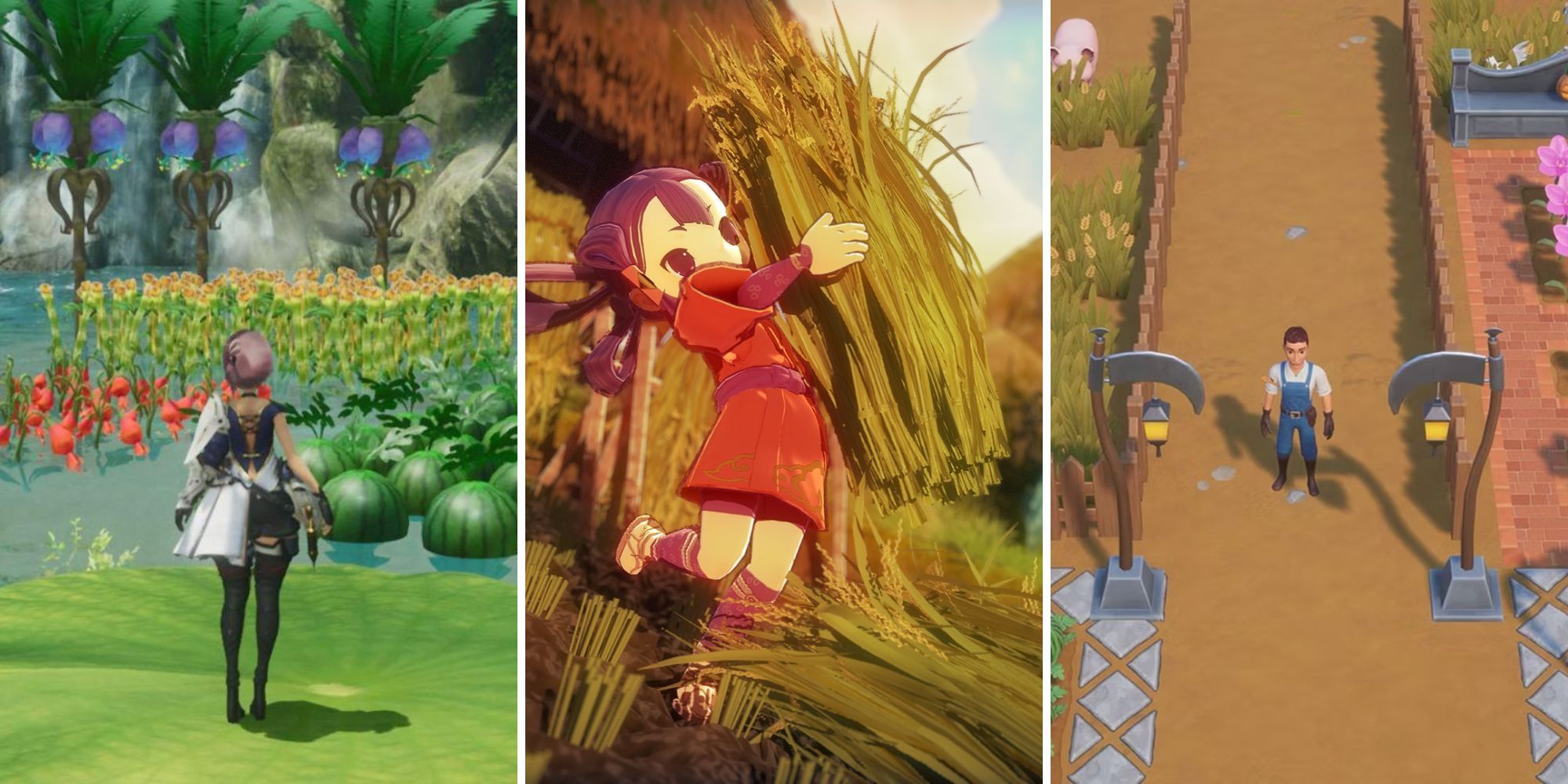
Related
8 Farming Sim Games With The Best Stories, Ranked
Countless farming simulators are released every year, and the following titles stand out as having the best stories.
But not every JRPG with a hoe and watering can get it right. Some treat farming like an afterthought, a side mechanic barely stitched in. Others fully integrate it into the worldbuilding, pacing, and combat loop. Here are six JRPGs that didn’t just throw farming into the mix but made it a proper part of the experience—ranked by how well they balance crops and combat.
6
Return to PopoloCrois: A Story of Seasons Fairytale
Where Swords Meet Soil

PoPoLoCrois
- Released
-
February 10, 2005
It’s hard to think of another JRPG that so effortlessly fuses fairy tale storytelling with farming sim mechanics quite like Return to PopoloCrois: A Story of Seasons Fairytale. Underneath its cheerful art style and childlike whimsy is a surprisingly layered blend of grid-based turn-based combat and slice-of-life farm management.
Set in the same universe as the long-running PopoloCrois manga series, the game follows Prince Pietro as he travels between kingdoms, but instead of just chasing evil, he’s also raising crops, fixing up plots of land, and managing his own farmstead between quests. It’s not just filler, either. Farming ties into crafting, cooking, and even quest progression. Players can grow over a dozen crop types, from cabbages to tomatoes, and upgrade their tools to automate parts of the process.
Unlike most Story of Seasons titles, the RPG elements here aren’t just surface-level. Battles include turn order, elemental affinities, and terrain bonuses, and Pietro’s companions each have unique skill sets that matter in tougher encounters. There’s even a fusion of dungeon crawling with farming, where materials gathered in the wild help expand the farm’s potential. It’s not the deepest combat system out there, but it’s a charming balance of both worlds that never feels lopsided.
5
Story Of Seasons: A Wonderful Life
And an Even Better Crop Rotation
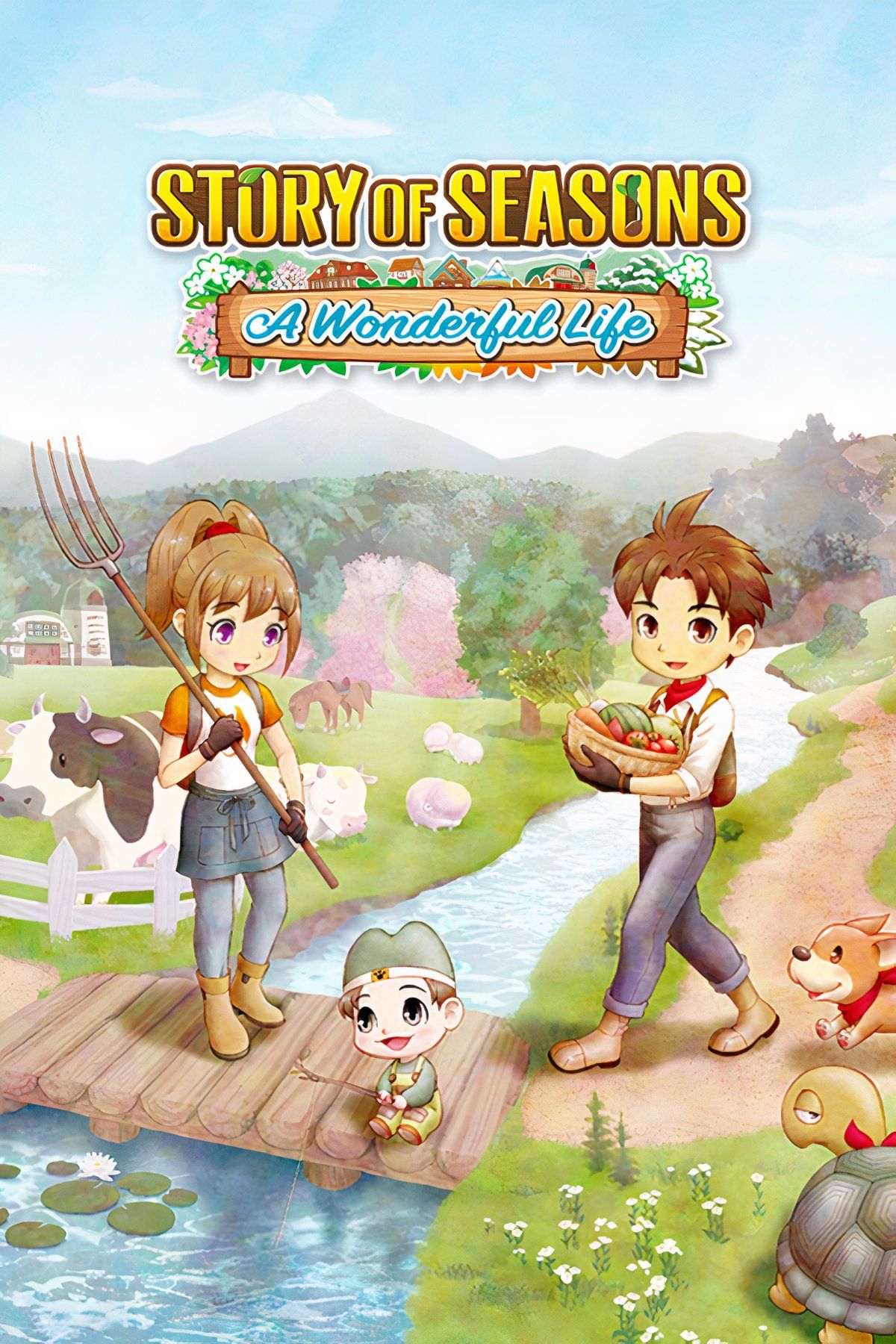
- Released
-
June 27, 2023
- ESRB
-
e
- Developer(s)
-
Marvelous
Story of Seasons: A Wonderful Life is one of those rare games where time grows with the player. Originally released under the Harvest Moon banner, this remake breathes fresh life into a classic that didn’t just ask players to farm but to age alongside their land, livestock, and family.
Farming here isn’t just a daily chore, it’s tied to the passage of years. Crops like melons, yams, and carrots each have their own seasonal requirements, and players need to manage soil quality, fertilizer use, and crop rotation to avoid exhausting the land. Animals also play a crucial role, with cows producing milk based on their breed and health, while chickens and goats add more variety to the day-to-day rhythm.
But what sets this apart from other Story of Seasons entries is the long-form narrative. The player’s character starts young, marries, raises a child, and eventually watches them grow into adulthood with their own aspirations. There’s no combat or dungeons here, but its impact as a JRPG comes from its structure, life simulation systems, and emotionally resonant storytelling that unfolds quietly over years of watering, weeding, and watching sunsets.
4
Sakuna: Of Rice and Ruin
Rice, Combat, and Physics

Platformer
Action
RPG
Simulation
- Released
-
November 10, 2020
- ESRB
-
T For Teen Due To Fantasy Violence, Mild Blood, Use of Alcohol
- Developer(s)
-
Edelweiss
- Publisher(s)
-
Marvelous (XSEED)
At first glance, Sakuna: Of Rice and Ruin looks like a side-scrolling action game with a farming minigame on the side. But anyone who’s spent more than a few in-game days tending to rice knows this isn’t some throwaway feature—it’s borderline agricultural simulation.
The protagonist, Sakuna, is a spoiled harvest goddess exiled to a remote island. The catch? Her divine power is directly tied to the quality of rice she grows. And it’s not just plant seed, wait, harvest. It’s everything from soaking time, water depth, and seed spacing, to threshing and drying—all meticulously designed to mimic real-world rice farming practices down to the molecular level.
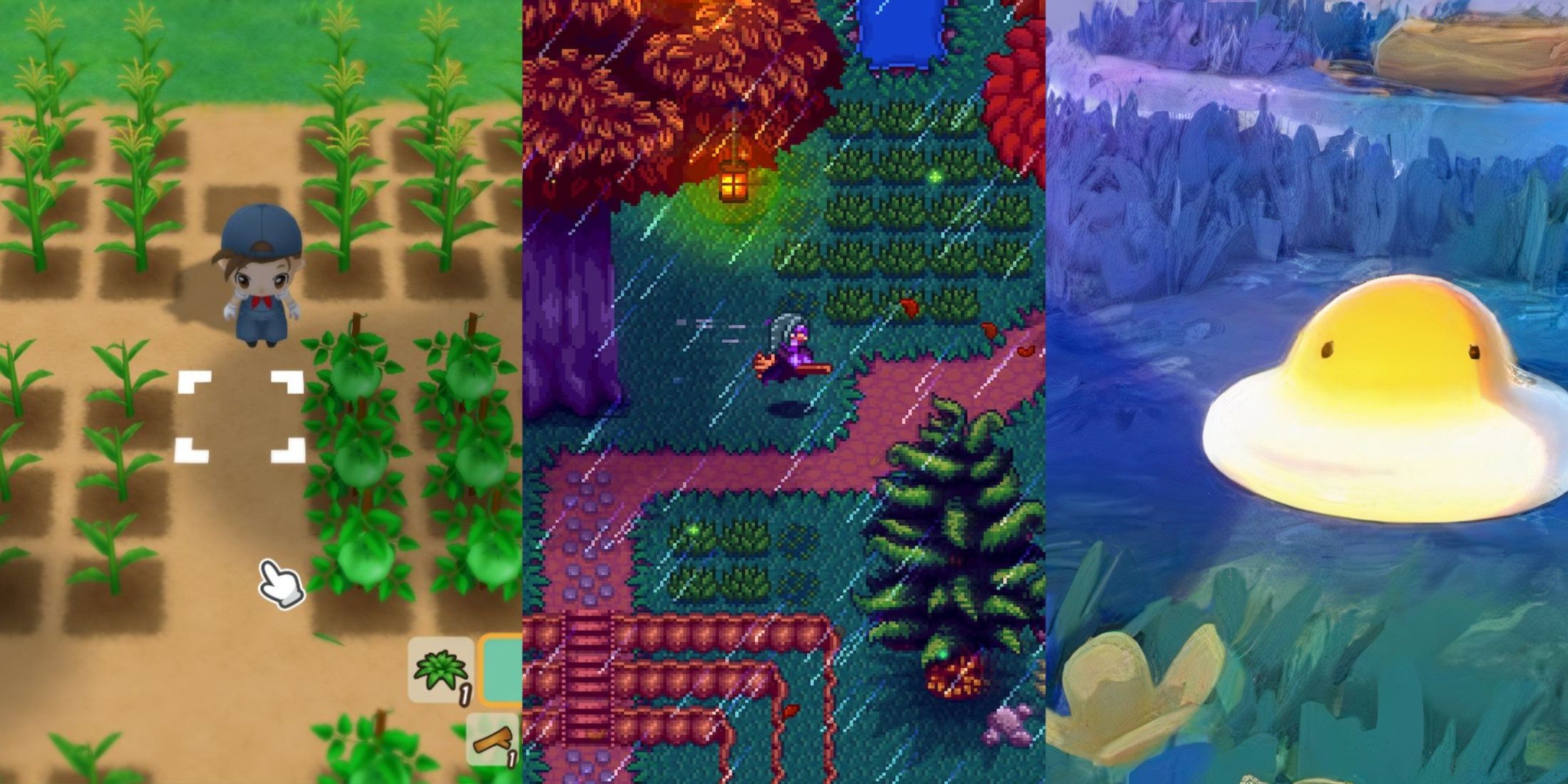
Related
Despite their cozy exterior, these farming sim games pack a difficult punch.
Combat is flashy, fast, and kinetic, with Sakuna using a combination of farming tools and her celestial raiment—a grappling scarf of sorts—to flip through enemies and pull off aerial combos. But what makes the game interesting is that combat progression is literally gated by how well the rice is grown. Better rice means better stats. So players who ignore the farming end up with a weaker Sakuna, no matter how good they are in combat.
The dual loop of monster-slaying and rice cultivating creates a gameplay cycle where neither part feels like filler. It’s an odd blend of rural immersion and mythological chaos that somehow works.
3
Dragon Quest Builders 2
A Cult Classic That Kicked Open The Barn Door

- Released
-
July 12, 2019
- ESRB
-
E10+ For Everyone 10+ due to Alcohol Reference, Comic Mischief, Fantasy Violence, Mild Blood, Mild Language, Suggestive Themes
Dragon Quest V was the one with the marriage system. Dragon Quest VIII was the one with the full 3D overworld. But Dragon Quest Builders 2—the spiritual spinoff that came out of left field—turned out to be the farming JRPG that no one expected and yet everyone appreciated.
Set in a world where building and farming are forbidden by a cult-like organization, the player takes on the role of a Builder who helps villagers reclaim their land through architecture, agriculture, and combat. Players plant wheat, tomatoes, sugarcane, and over a dozen other crops across islands, each with its own weather conditions and soil types.
What makes it stand out is the way NPCs actually participate in farming. Villagers help water, harvest, and cook meals, freeing the player to explore or fight. The RPG elements come from story-based island progression, monster battles, equipment upgrades, and quest chains with branching solutions. There’s also a light base-building aspect that ties directly into village happiness and productivity.
For a series known for turn-based battles and classic overworld maps, Dragon Quest Builders 2 took a hard left into Minecraft-meets-farming-sim territory and somehow nailed it without feeling like a gimmick.
2
Harvestella
A Farming JRPG That Actually Kinda Pulls It Off
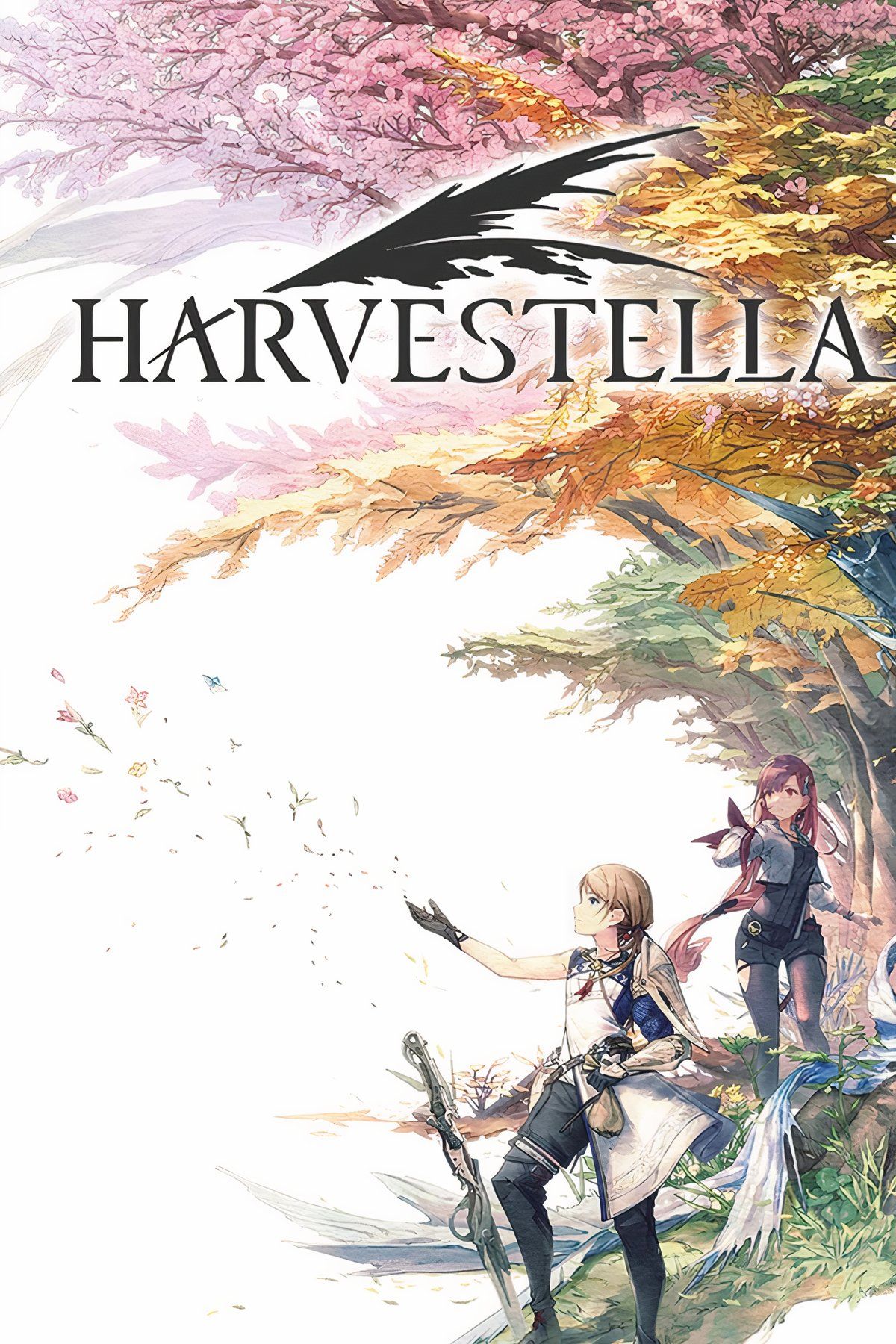
Square Enix doesn’t usually dip into farming territory, but Harvestella is one of those rare times where they tried—and somehow didn’t miss. Set in a world threatened by the deadly “Quietus” season, it mixes traditional JRPG combat with a fully realized agricultural system that plays a much bigger role than most expected.
There’s a real-time combat system involving multiple job classes, from Mage to Shadow Walker, and a party system that changes depending on quest progression. The Quietus season adds a constant ticking clock to both farming and exploration. Crops can be lost if not harvested in time, and entire fields go dead when the season hits.
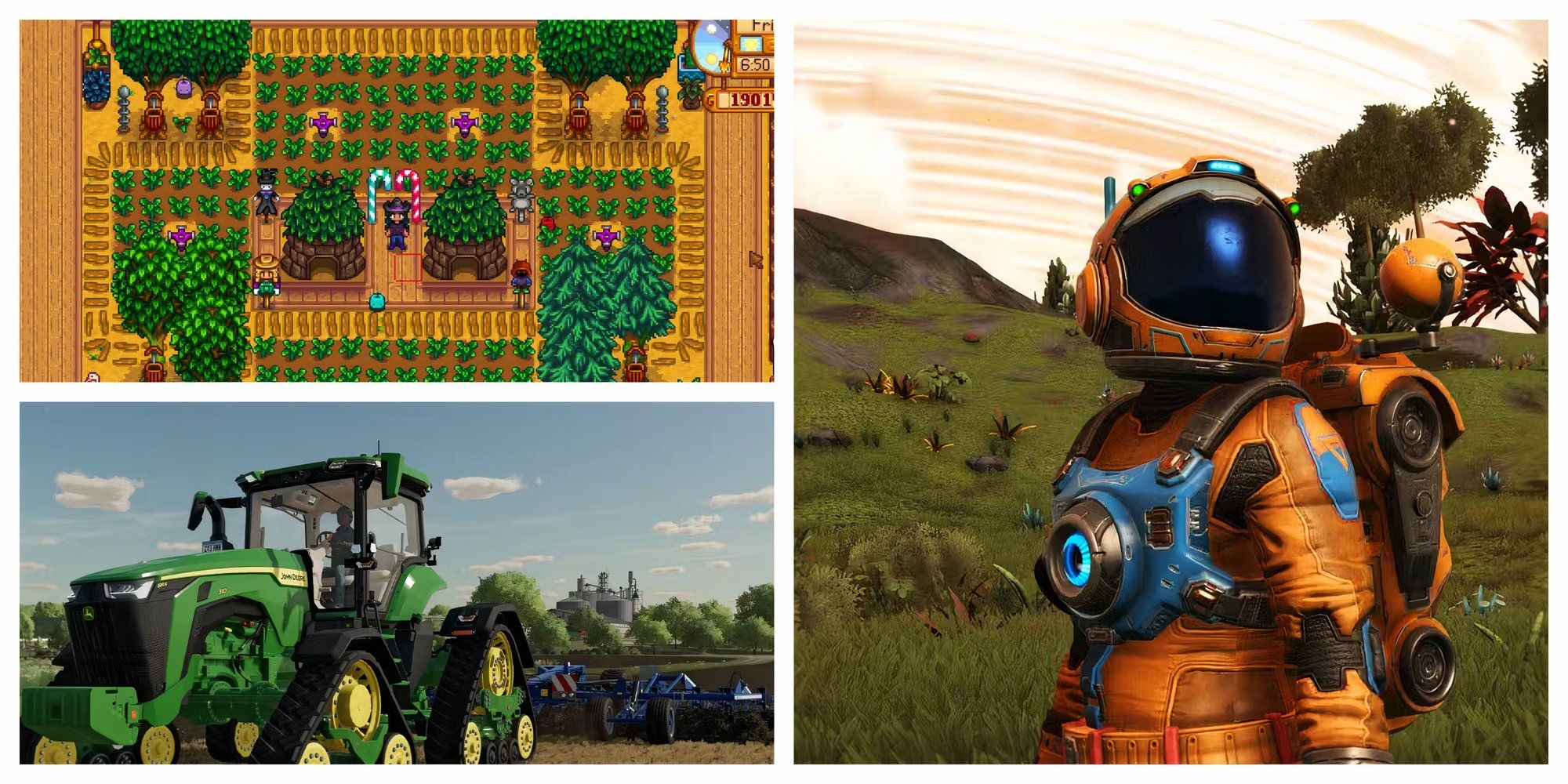
Related
5 Open-World Games With The Best Farming Mechanics
Players wanting to experience the joyous grind of farming and the thrill of exploring an open-world environment should try these games.
Farming includes growing everything from lettuce and onions to star-shaped fantasy vegetables, with crops used in both cooking and crafting systems. There’s also livestock management, recipe gathering, and tool upgrades. But what makes Harvestella more than just a JRPG with some carrots is how deeply it ties farming into narrative progression. Certain plot beats require players to produce specific crops or unlock new crafting items from harvested goods, pushing farming beyond a background mechanic.
It may not have the depth of Rune Factory or the community richness of Story of Seasons, but for a first-time hybrid from a studio mostly known for crystal-powered heroes and dramatic piano music, Harvestella is surprisingly grounded—and worth the time.
1
Rune Factory 4
Crops and Chaos Under the Same Roof
When Rune Factory 4 opens with the protagonist getting thrown off an airship and crash-landing into a castle, it sets the tone for a game that never really picks one genre—and that’s what makes it work. This is part farming sim, part JRPG, part dating sim, part dungeon crawler, and somehow it all comes together without collapsing under its own ambition.
The player becomes the acting prince or princess of Selphia and is tasked with improving the town while also diving into monster-infested dungeons. The farming loop starts off simple—till the land, plant seeds, water crops—but expands quickly with crop leveling, seasonal vegetables, cooking systems, and farm animals that aren’t just passive pets but also fight alongside the player in battle.
Combat leans fully into classic JRPG territory, with skill trees, elemental affinities, weapon loadouts, and real-time battles that feel responsive and surprisingly challenging. And it’s one of the few JRPGs where marrying someone changes story events, unlocks new activities, and even leads to having a child who gets their own character arc.
Farming is constantly feeding into everything else. Crops fund gear upgrades, cooking provides buffs for dungeon crawling, and even monster taming involves feeding them homegrown produce. It’s one of the most intricate farm-meets-fantasy systems in any RPG and a major reason why Rune Factory 4 is still widely considered the best in its series.
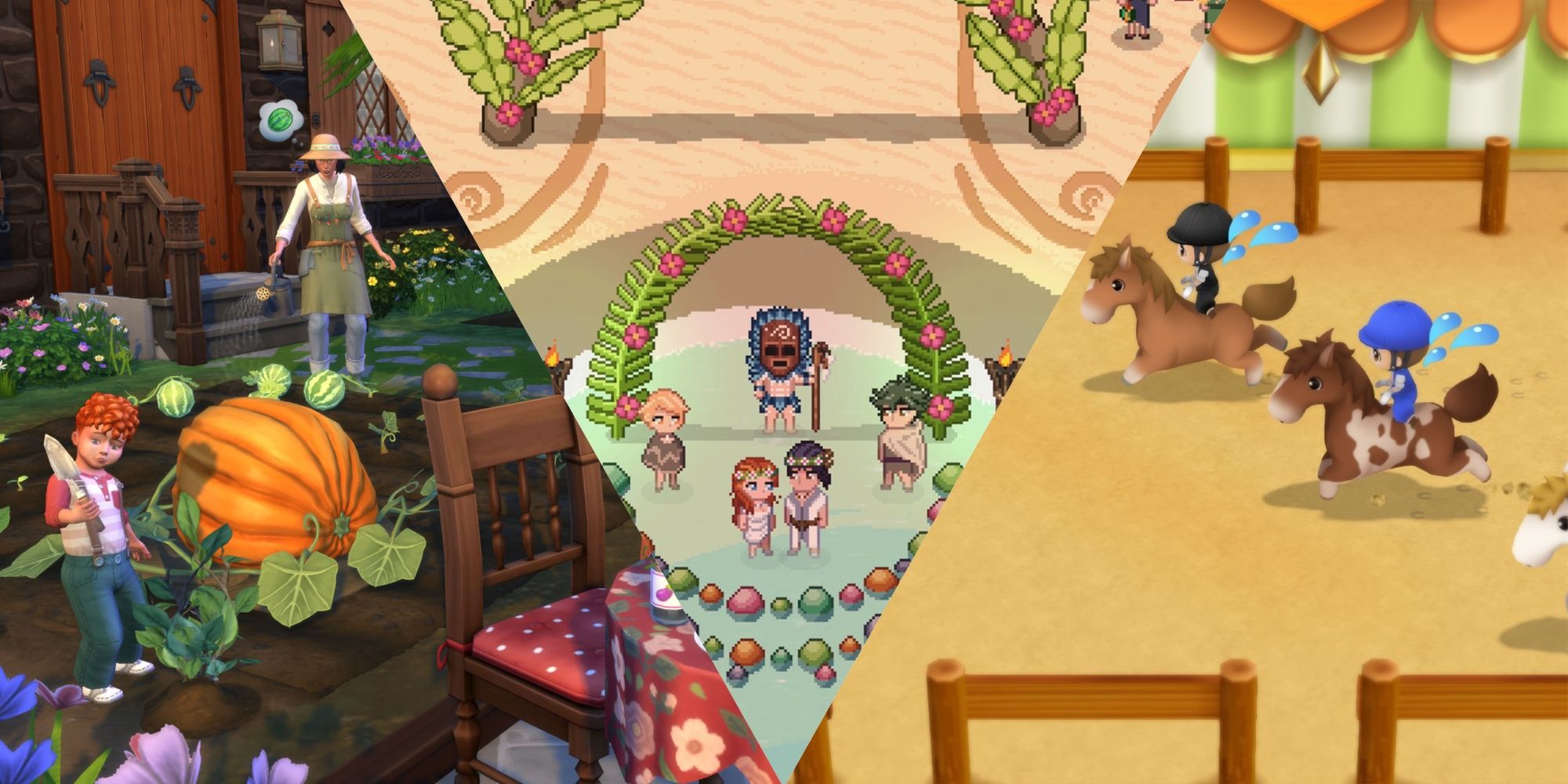
More
10 Farm Simulators With No Combat Mechanics, Ranked
For gamers looking to unwind with no combat whatsoever, these farming sims are the perfect game choices.
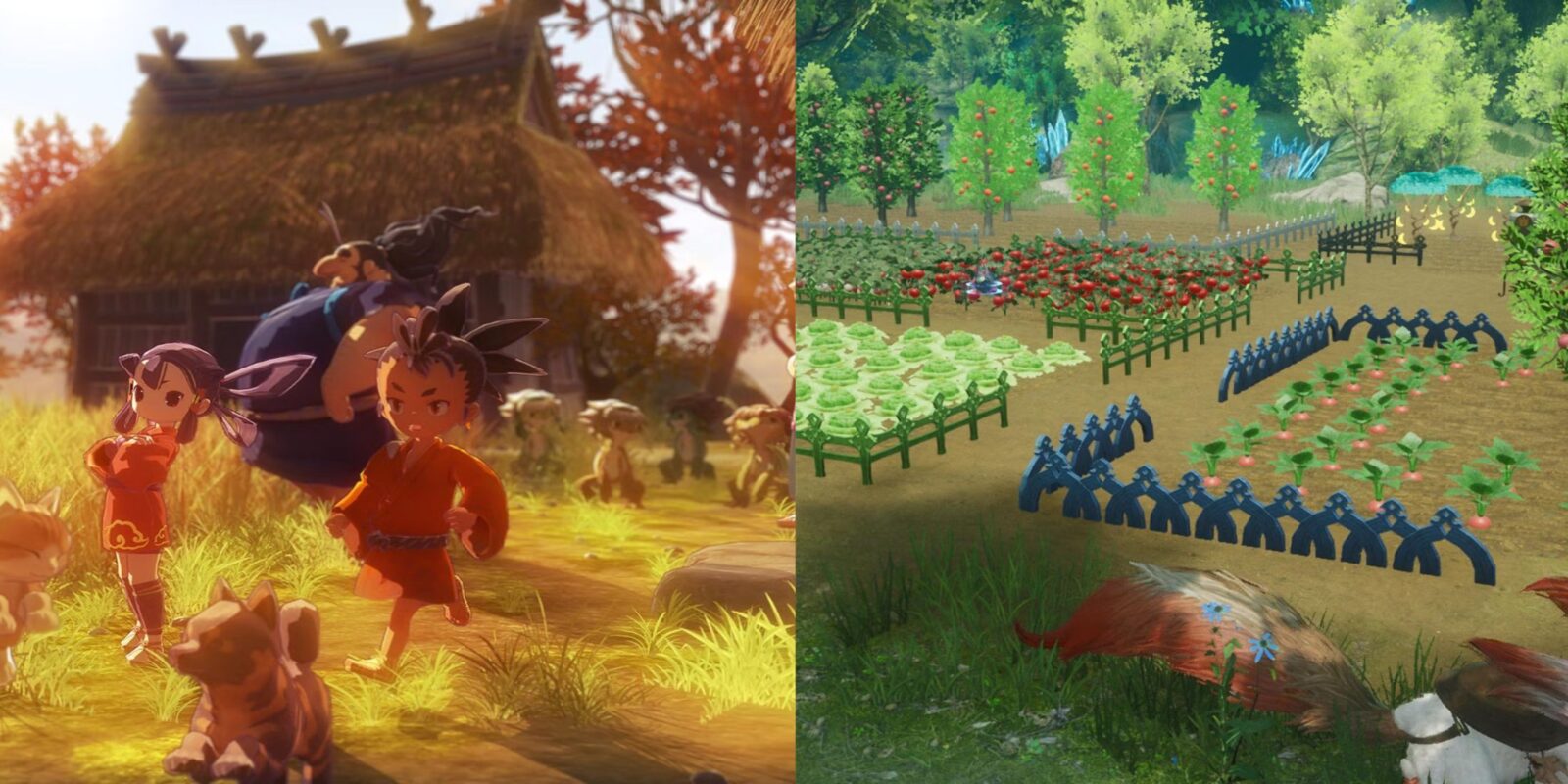






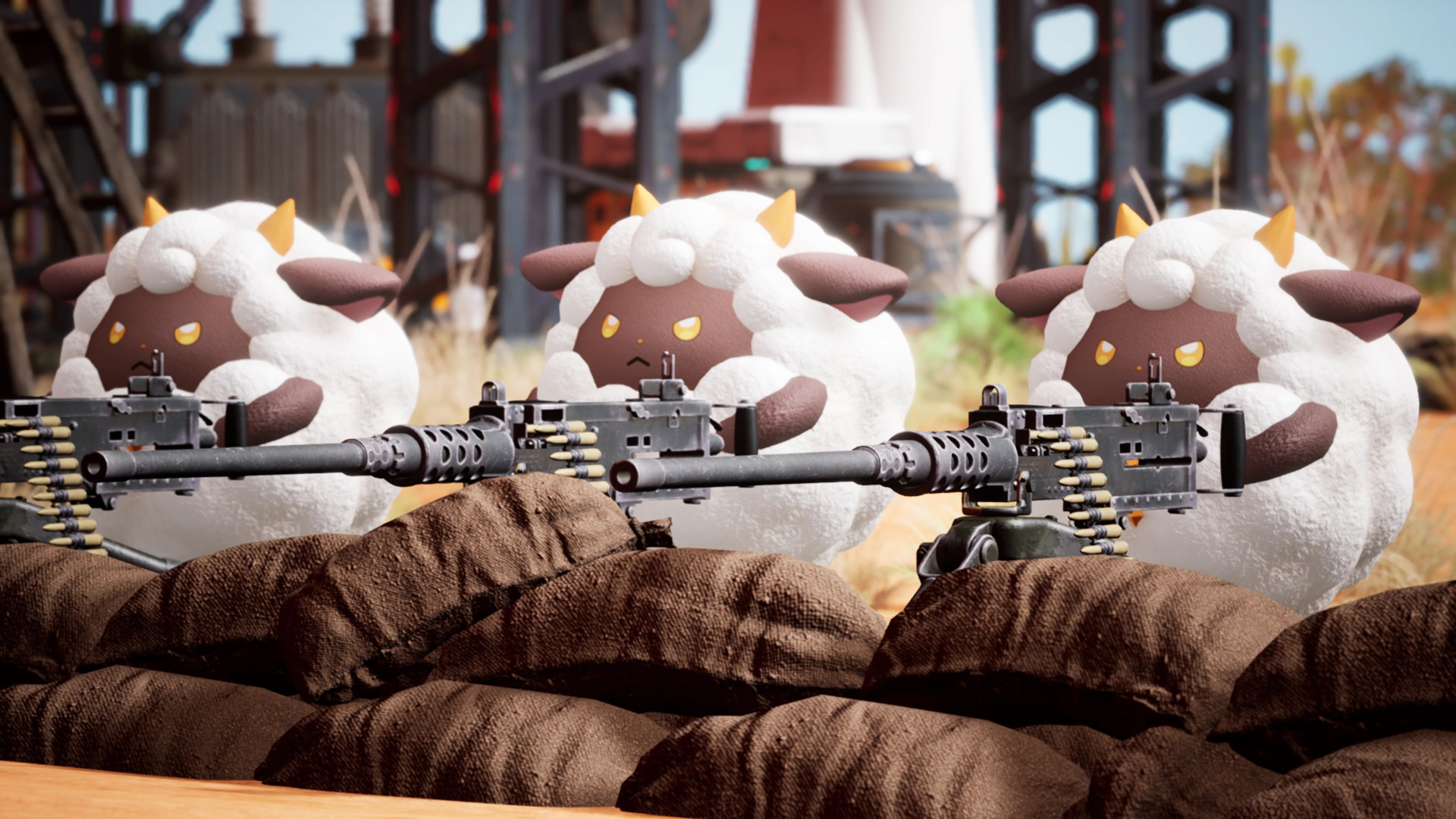
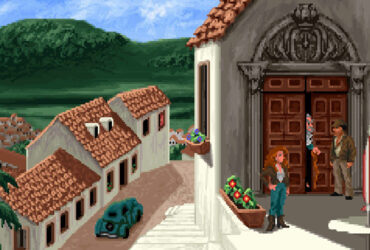
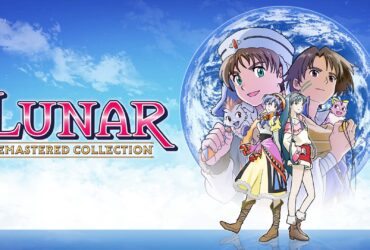

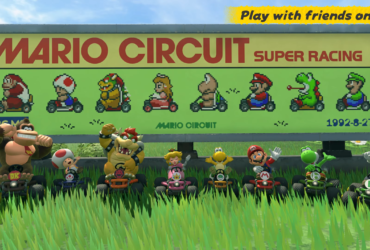
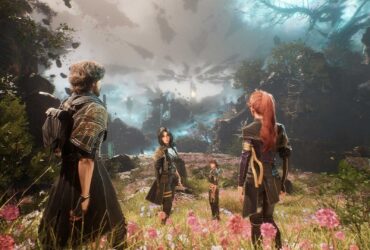
Leave a Reply